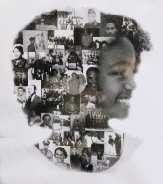African American Heritage Trail
#5
Educational Progress
Public education for African American children was hindered by Jim Crow laws. In 1866 the state established a separate educational system “for Colored Children.” The impoverished black community was expected to pay for its own schools. Significant improvements followed the education reform act of 1908, but inequities remained until the 1954 Supreme Court decision in Brown v. the Board of Education declared racial segregation of schools unconstitutional.
Oliver Street School
In 1892 the 6-room Winchester Colored School (renamed Oliver Street School) opened. The frame building was enlarged in 1904 and replaced by a new brick school in 1938, which became a center of culture for Winchester’s African American community. The high school closed in 1956 with the beginning of integration, while the elementary school continued until 1969.
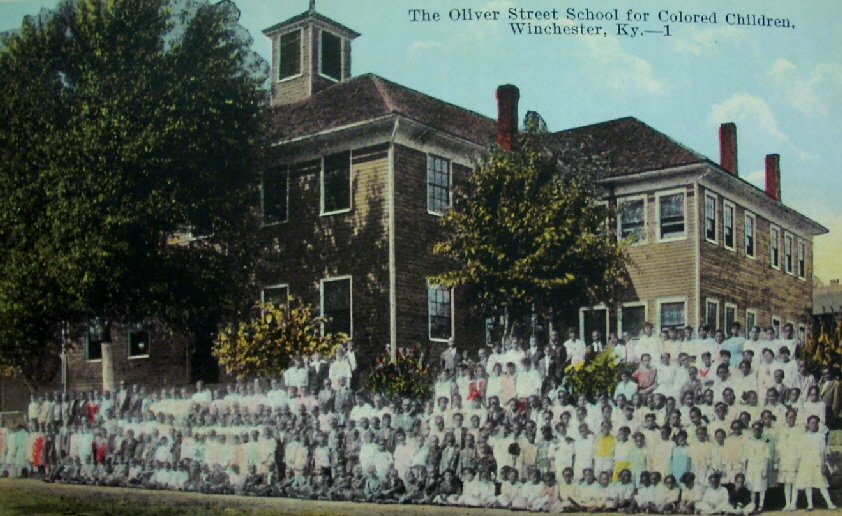
Oliver Street School on an old postcard
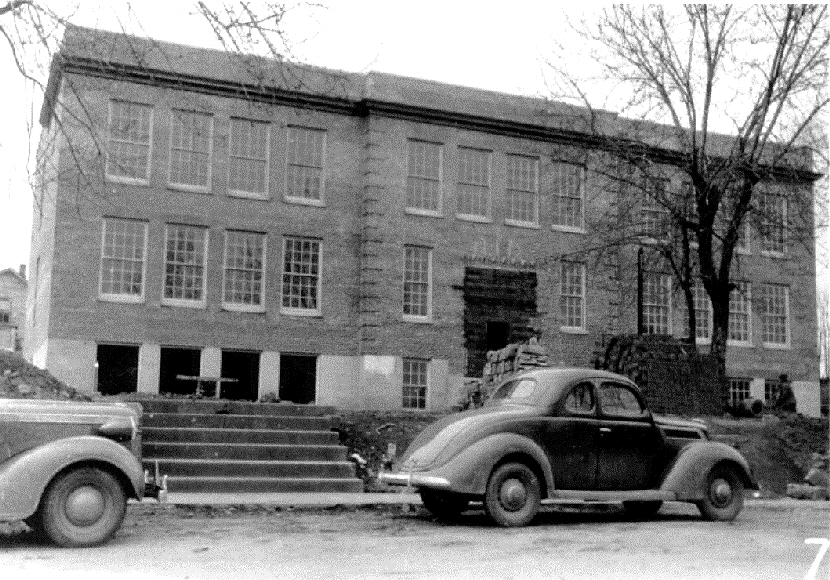
The New Oliver Street School, 1939
(Goodman-Paxton Photographic Collection, University of Kentucky)
Freedmen’s School
In 1869 the Freedmen’s Bureau provided funding for a school building near the intersection of Broadway and Oliver Street on land paid for by the African American community. The building was later used as a manual training shop and then a gymnasium for Oliver Street School. Razed about 1958.
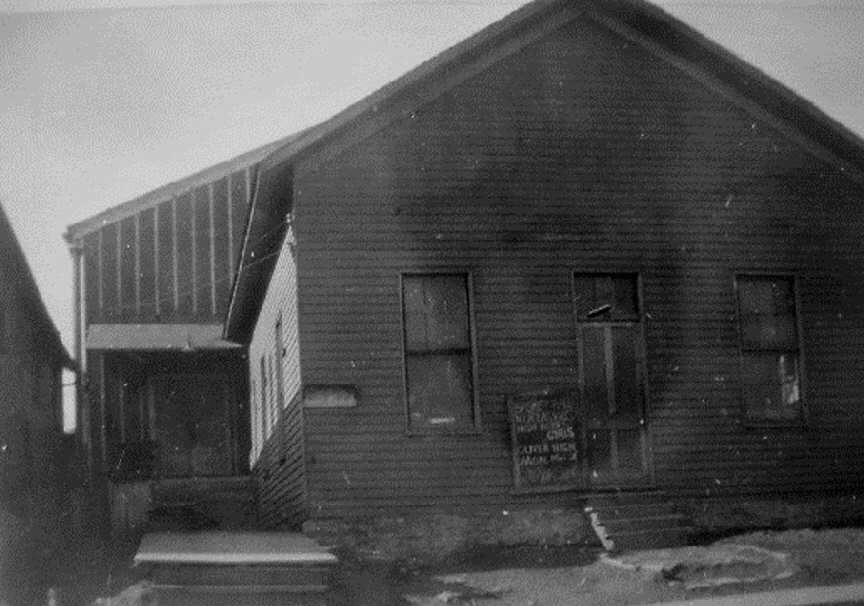
Freedmen’s School
1906 Clark County Colored Schools
Pine Grove, Howard’s Creek, Ruckerville, Indian Fields, Goose Creek, Hedges, Jouett’s Creek, Winchester, Wades Mill, Union Junction, Ford, and Becknerville.
Rosenwald Schools
In the 1920s, the Julius Rosenwald Fund, matched by contributions from the local community, helped construct three schools in the county: Jouett Creek at Pleasant Hill, Howard’s Creek on Waterworks Road, and Goff School at Goffs Corner.
Sign #5 at 30 Oliver Street
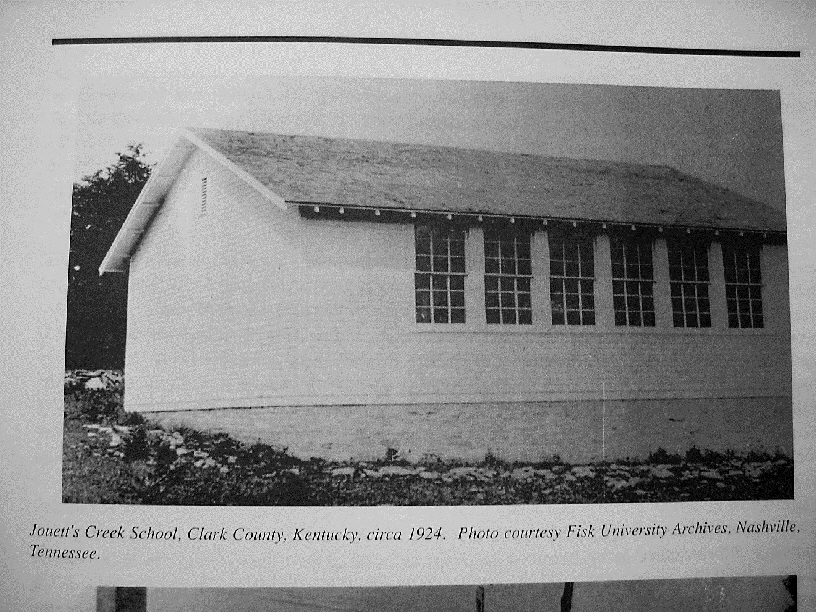
Rosenwald School at Jouett Creek
(Rosenwald Database, Special Collections and Archives, Fisk University)
WINCHESTER BLACK HISTORY
AND HERITAGE COMMITTEE


© 2019-2024, ALL RIGHTS RESERVED,
Winchester Black History and Heritage Committee
Website Designed and managed by Graphic Enterprises
